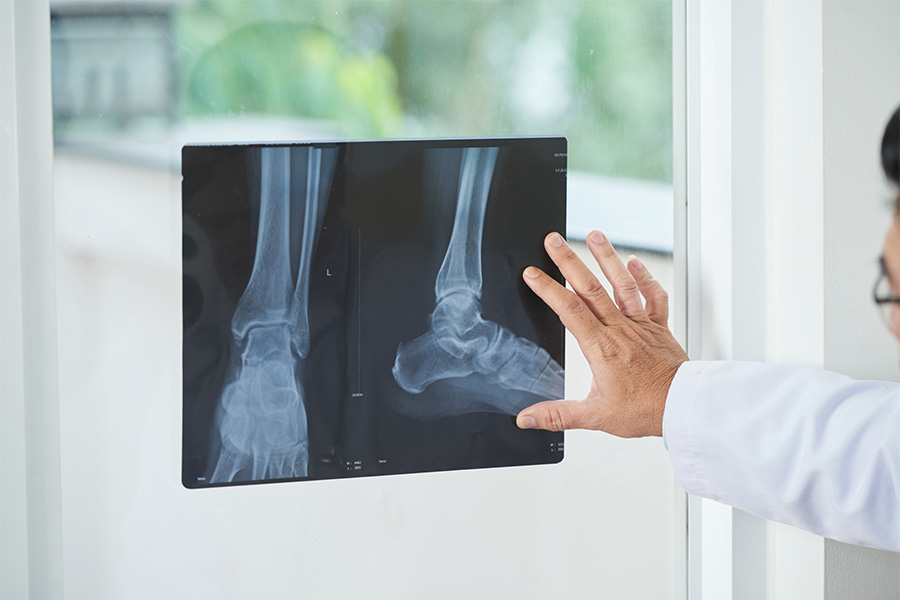The shoes you wear can impact your overall health. Not only do bad shoes affect the health of your feet, they can also contribute to the health of your legs, knees, hips, back, and neck. Therefore, for the sake of your overall health, always choose footwear that is supportive and comfortable. Forgoing fashion for comfort will lead to better overall health.
Keep Your Body Aligned
One thing a lot of people don’t notice is the way their bodies align when standing. If you are misaligned, it can have repercussions on the health of your joints – all the way up to your neck. Your shoes provide your body with support, beginning with your arches. Not everyone has normal arches as many are born with structural issues, such as high arches and flat feet, which means they need added support. Not wearing supportive footwear when you have abnormal arches can cause a lot of symptoms to set in, such as pain in the feet and lower legs.
When you take a step forward, your ankles, knees, hips, back, and neck rely on your feet for proper balance and even distribution of your body weight. If you wear ill-fitting and unsupportive shoes, it can negatively impact your joints and affect how your body is balanced when you stand.
Provide Relief from Body Pain
Patients with foot, ankle, knee, back, and neck pain are usually prescribed custom orthotics as part of their treatment. The custom orthotics provide adequate support to your feet and correct the pressure different parts of your body endure when you stand and walk. This can relieve pain and allow your body to repair and heal itself. Diabetic patients with peripheral neuropathy are often prescribed custom orthotics for comfort, protection from injury, and relief from nerve-related pain.
Protect Against Foot and Ankle Issues
Wearing the wrong footwear can increase your risk of developing foot and ankle conditions and injuries, which include corns, bunions, hammertoes, and plantar fasciitis. Wearing the right shoes can prevent most podiatric issues, including long-term damage to the foot and ankle that may require extensive treatment and surgery to correct later on.
Improving Athletic Performance
People who play sports or are a part of activities that require a lot of time on their feet can face troubles if they don’t wear supportive and appropriate footwear. If you have a job that requires you to be on your feet for extended periods of time or if you play a certain sport, you need specific types of footwear that will cater to your needs. Not wearing appropriate footwear will cause your performance to suffer. If you want to make the most of what your body can do, it starts with wearing the right footwear based on the activity you are doing. Always research and speak with a podiatrist about appropriate footwear for every activity you do.
Board-Certified Podiatrists in Cincinnati
Cincinnati Foot & Ankle Care provides comprehensive podiatric care to patients suffering from all types of foot and ankle issues. We provide custom orthotics to make your feet more comfortable and supported – something that will benefit your entire body!
Don’t wait until your foot or ankle issue becomes more serious. To schedule a consultation, call the nearest Cincinnati Foot & Ankle Care clinic. We have 18 locations from which to serve you.
Share

Surgeons can provide both surgical and nonsurgical care.




